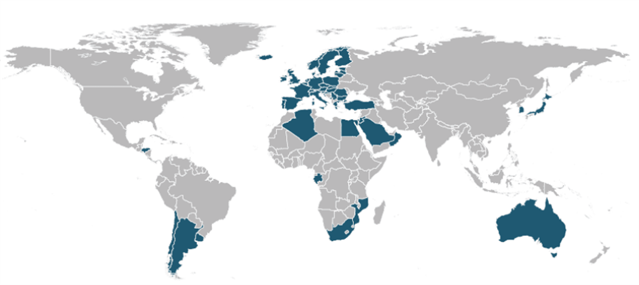We have recently had asbestos survey reports return with presumed asbestos as the fuse cartridge. With the reasoning being that some fuses contain asbestos as part of the cartridge filling.
I‘m aware of flash guards and asbestos rope, but I can’t find any guidance for the fuse cartridges being asbestos?
granted some of the old fuses may have had cross contamination from old flash guards. But I’m concerned with the presumption aspect of the report, and what confusion it may cause going forward.

